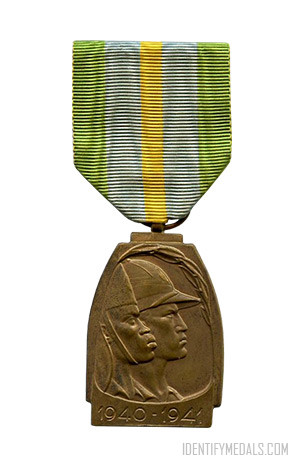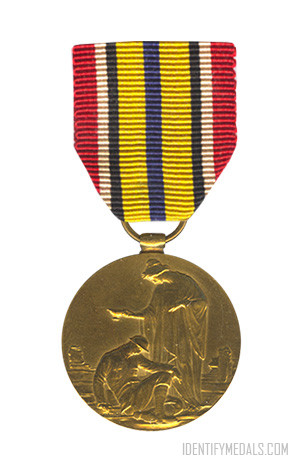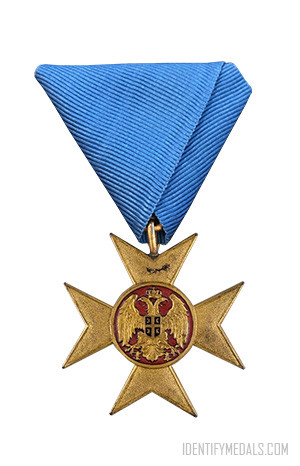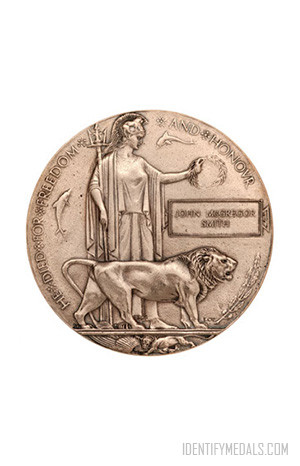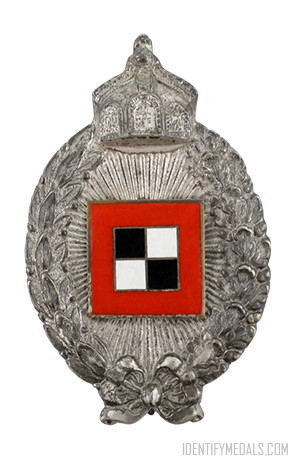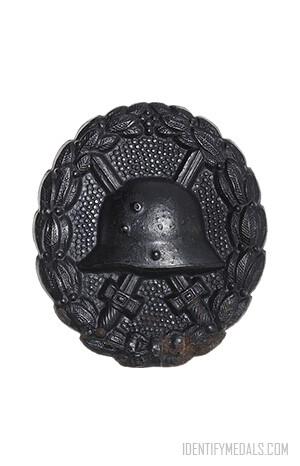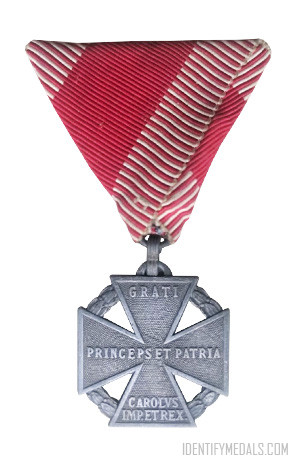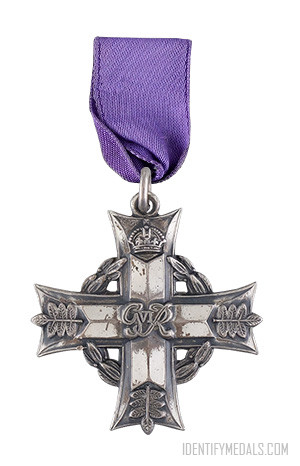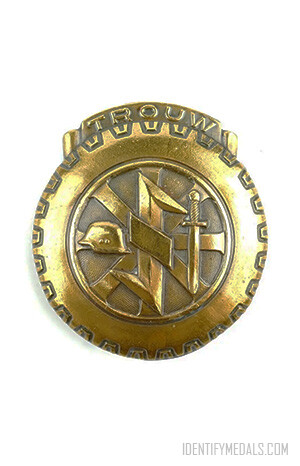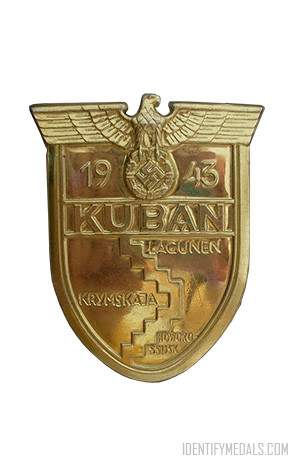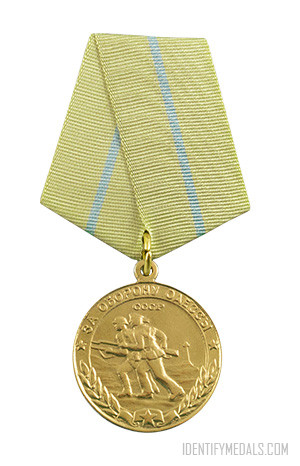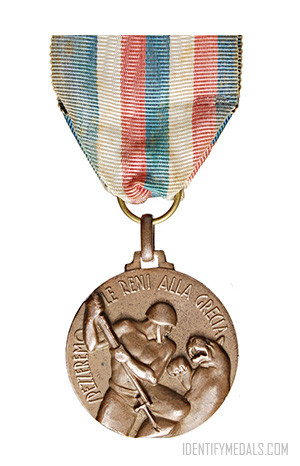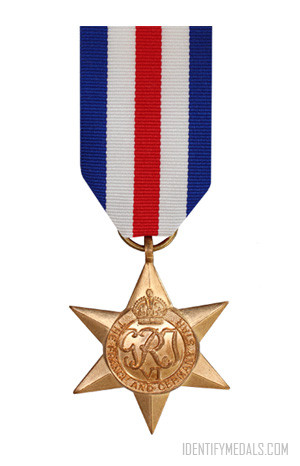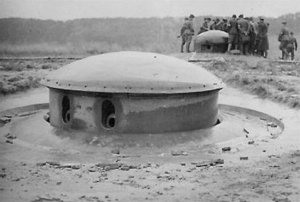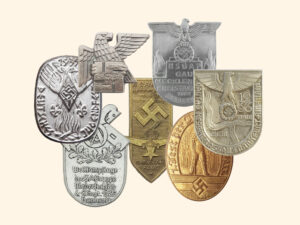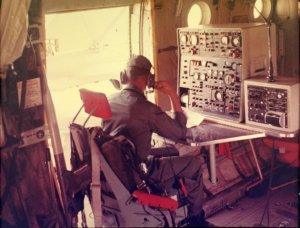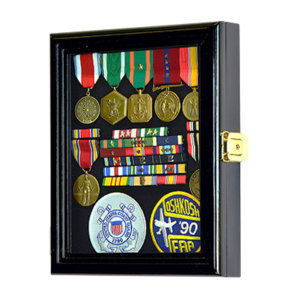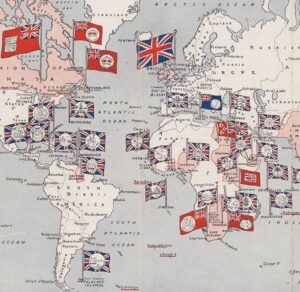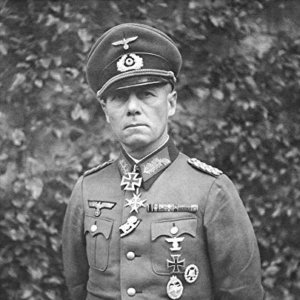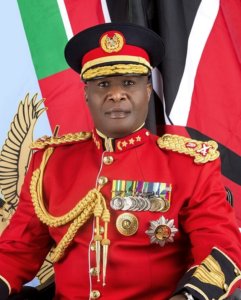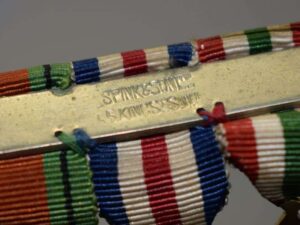- Time Period: Second World War
- Institution: January 1947
- Country: Belgium
The Commemorative Medal of the Ethiopian Campaign (Médaille Commémorative de la Campagne d’Ethiopie / Herinneringsmedaille van de Ethiopische Veldtocht) was established by royal decree in January 1947 and awarded for participation in the campaign in Abyssinia for at least one year between 6 March and 3 July 1941.
On 11 March 1941, Belgian forces, together with elements of the British King’s African Rifles attacked Asosa, defeating the occupying Italians before moving on to Gambela and Saio. The Belgian forces besides defending the Belgian Colonies of Congo or Ruanda/Urundi served also in Madagascar, Ethiopia, Nigeria, Libya, Egypt, Sudan and Palestine.
This medal is very rare, as the Belgian forces that participated in the campaign were less than 3000 men. There were possibly fewer than 500 medals actually awarded.
The Commemorative Medal of the Ethiopian Campaign Design
The medal was designed by the sculptor Arthur Dupagne. Struck patinated bronze, of trapezoidal form, it measures 45mm high by 31mm wide and has two curved sides.
The obverse depicts the overlapping right-facing profiles of the head of a European and an African soldier with the date “1940-1941” at the base. The reverse bears the names of the three major actions of the campaign: SAIO, GAMBELA, and ASOSA, with a star above and below.
The ribbon is light blue with green edges and a yellow central stripe.
The clasp “Nigeria” was awarded to the expeditionary force of 13.000 men of the Force Public (Gendarmery and Military force of Belgian Congo consisted of native Congolese troops under the command of Belgian officers and NCOs) who served under British command from 1942 to 1943 in Nigeria – 9.000 of these troops served in Egypt and Palestine and received also the “Middle East” clasp.

